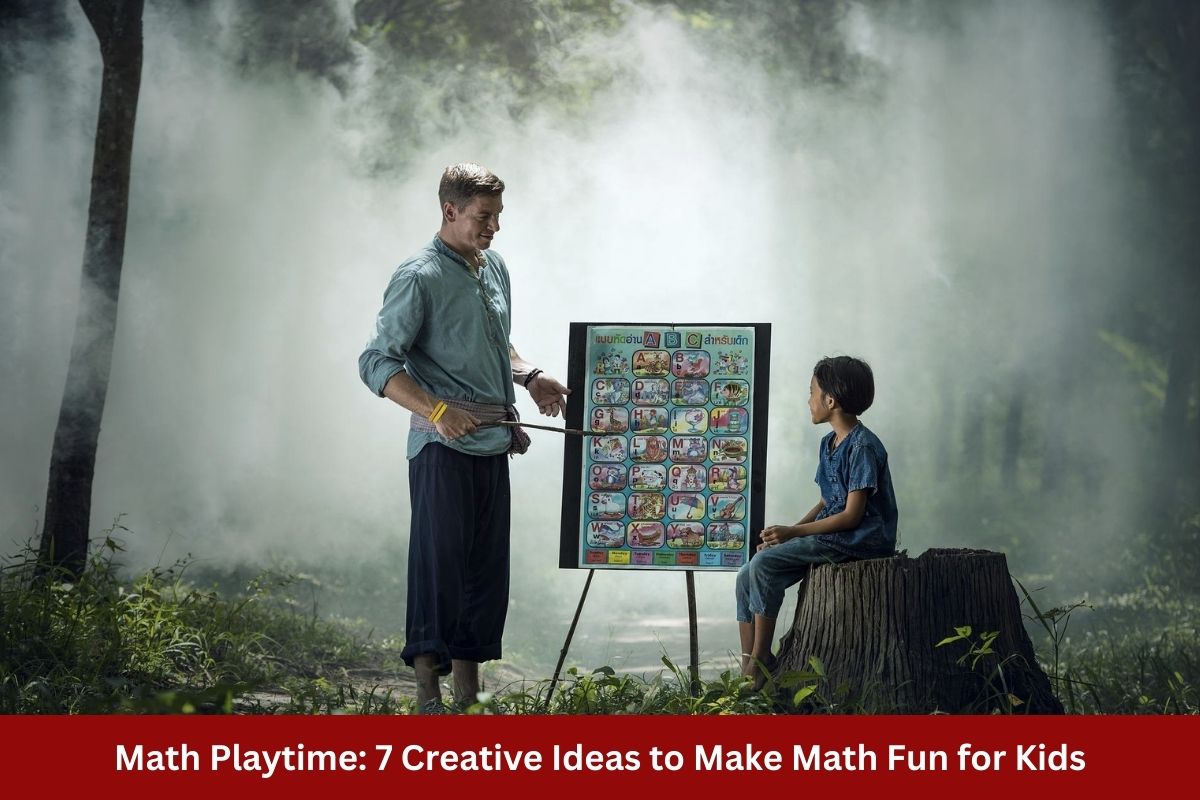Learning math is vital for kids’ development. However, children, especially preschoolers, can be some of the most energetic bundles in the universe with the attention span of a fruit fly. Getting them interested in anything that doesn’t involve play can prove almost harder than launching SpaceX’s Starship.
So, how do you get kids to focus on learning math? In this article, we’ll explore 7 insightful and creative ideas on how to make math fun and exciting for young children. From math learning websites to hands-on learning, these tips will help you get your child to focus on studying math.
Hands-on Learning
Limiting learning to the conventional method of pen and paper does not always work. The traditional teaching method can be monotonous and may not appeal to children with short attention spans.
Rather, show your kids how useful math is in the outside world. A trip to the park is a great way to get much-needed air and some counting is done. Encourage children to count objects, point out shapes, identify colors, and more. This unconventional method helps children appreciate the subject and speeds up their assimilation.
Real-Life Application
Another way to help your kids fall in love with math is to help them see just how relevant the subject is in everyday life. In most cases, children believe math is irrelevant to their daily lives. However, you can change this perspective by teaching them the value of math outside the classroom.
You can do this by taking them grocery shopping and showing them how to save money by calculating discounts offered by stores. If you have older kids, get them involved in measuring ingredients for cooking or baking.
A Reward System
Rewarding children for their efforts, you show that their hard work is appreciated, which increases their motivation.
Creating a personalized yet modest reward system will go a long way in keeping your kids motivated and excited about studying math. Find out what your children love. It could be a special treat, a toy, a game console, or a sleepover with friends.
Math Apps
Another unconventional teaching method is using technology. In recent times, schools are employing technology to support learning. In a survey taken by Project Tomorrow, over 64% of middle school students now use Chromebook in class to aid their learning. This shows how math apps and online math websites are quickly becoming an important part of math education.
Many math apps provide simplified fun math for kids. These apps usually come packed with fun games that teach your children in a fun and engaging way. Some games target the areas your kids need help with. For instance, there are games on subtraction, addition, and more.
Learning with Food
Who says kids can’t learn and eat at the same time? You can slice their sandwich to integrate the concept of proportions and fractions further.
Counting can also be done by slicing fruits and encouraging a child to count while eating. Incorporating food into your child’s learning is a great idea, especially if you’re teaching from home.
Kids’ Interests
You can teach your kids math using whatever they have an interest in. If your child is keen on soccer, you can teach mathematical concepts such as shapes, angles, or distance through the sport; for instance, a soccer ball comprises 12 black pentagons and 20 white hexagons.
Use throw-ins and corner kicks as perfect examples to teach distance and angles.
Craft
Learning math through arts isn’t a strange approach. The famous Renaissance painter Leonardo DaVinci explored the path of mathematical art and explained numerous concepts using drawings. The Mona Lisa perfectly reflected the Golden Ratio, and the Vitruvian Man solved a geometric problem.
Final Thoughts
Children have absorbent minds. So, parents should teach them math using unconventional methods while a kid’s mind can still effortlessly remember information. Hence, the above creative ideas will go a long way in helping your child improve their math skills.
